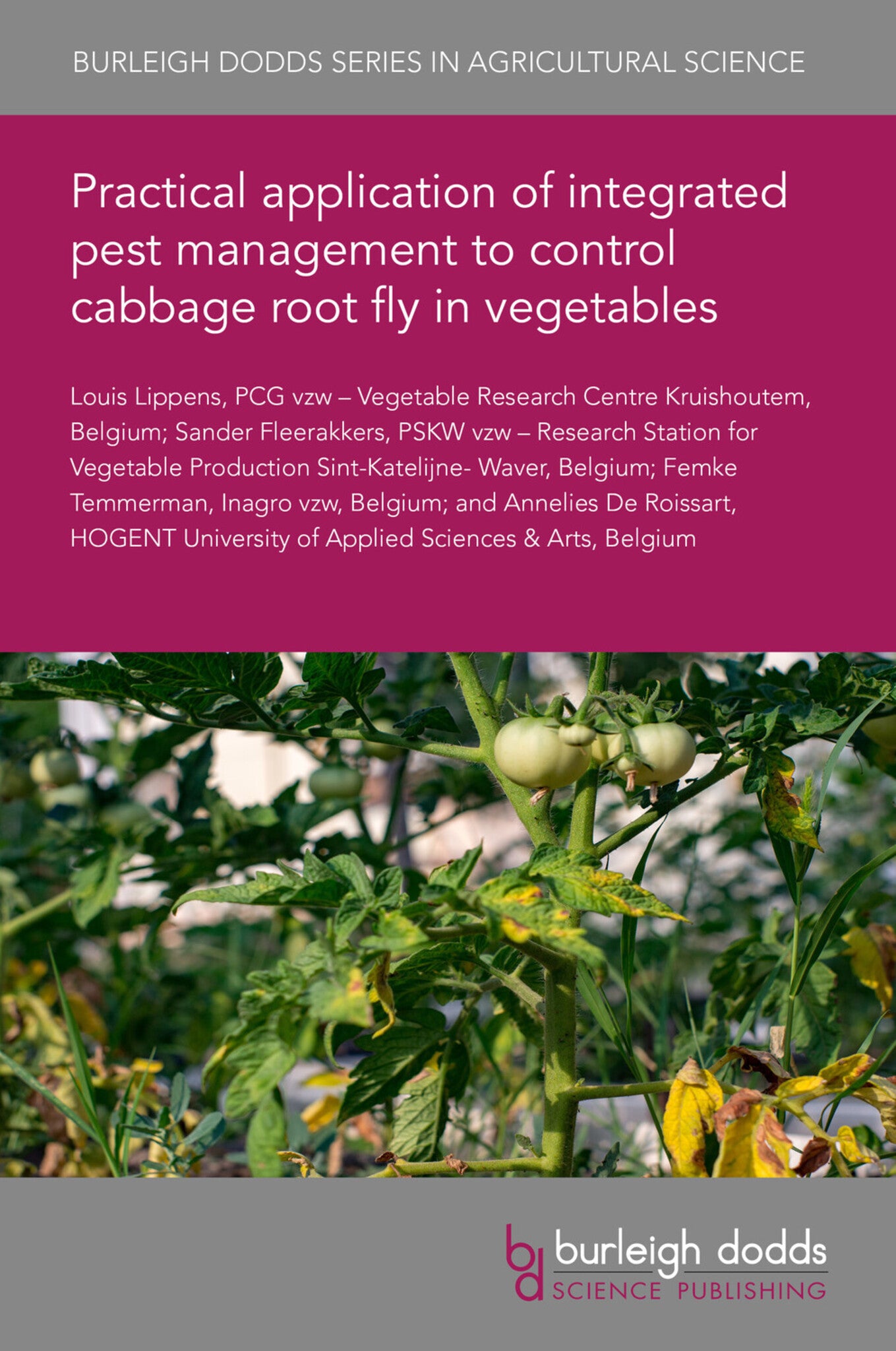We're sorry. An error has occurred
Please cancel or retry.
Practical application of integrated pest management to control cabbage root fly in vegetables

Some error occured while loading the Quick View. Please close the Quick View and try reloading the page.
Couldn't load pickup availability
- Format:
-
14 March 2022


TECHNOLOGY & ENGINEERING / Pest Control, Pest control / plant diseases, SCIENCE / Life Sciences / Horticulture, TECHNOLOGY & ENGINEERING / Agriculture / Sustainable Agriculture, TECHNOLOGY & ENGINEERING / Agriculture / Agronomy / Crop Science, Commercial horticulture, Sustainable agriculture, Agronomy and crop production

1 Introduction 2 Developing a decision-support system to predict pest outbreaks 3 The use of row covers in crop protection 4 Entomopathogenic nematodes as biocontrol agents 5 Key issues in chemical control 6 Case study 1: row covers as a preventive measure against Delia radicum 7 Case study 2: the use of entomopathogenic nematodes against Delia radicum 8 Case study 3: chemical control of Delia radicum 9 Conclusion and future trends 10 Where to look for further information 11 Acknowledgements 12 References



